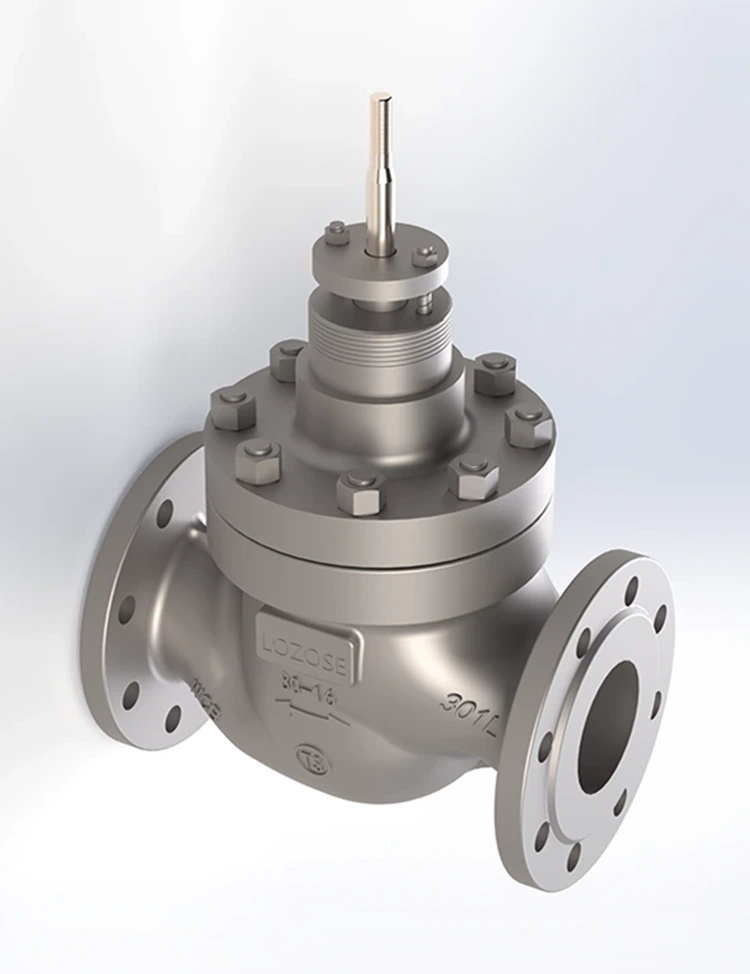Why Conventional Series Control is the Future of Industrial Automation
2025-08-13
In today’s fast-paced industrial landscape, efficiency and precision are non-negotiable. Conventional Series Control has emerged as a cornerstone of modern automation, offering unparalleled reliability and seamless integration. But why is it gaining such widespread adoption? The answer lies in its ability to streamline operations, reduce downtime, and enhance productivity—all while maintaining cost-effectiveness.
How Conventional Series Control Works
At its core, Conventional Series Control operates by linking multiple devices in a sequential manner, ensuring that each component functions in harmony with the next. This method eliminates the need for complex programming, making it accessible for both seasoned engineers and newcomers.
Here’s a quick breakdown of its key parameters:
| Feature | Specification |
|---|---|
| Voltage Range | 24V DC - 240V AC |
| Max Load | 10A per channel |
| Response Time | <10ms |
| Compatibility | PLCs, relays, sensors, and motor drives |
| Protection | Overload, short-circuit, and surge-proof |
Conventional Series Control FAQ
Q: What industries benefit the most from Conventional Series Control?
A: This system is widely used in manufacturing, automotive assembly, food processing, and packaging. Its simplicity and robustness make it ideal for high-repetition tasks where consistency is critical.
Q: How does Conventional Series Control compare to smart automation systems?
A: While smart systems offer advanced programmability, Conventional Series Control excels in reliability and ease of maintenance. It’s a cost-effective solution for businesses that prioritize stability over complex customization.
The Lozose Advantage
When it comes to Conventional Series Control, Lozose stands at the forefront of innovation. Our solutions are engineered for durability, precision, and seamless integration, ensuring your operations run smoother than ever.
Contact Us today to learn how our expertise can elevate your automation strategy. Whether you're upgrading an existing system or implementing a new one, our team is ready to assist.



